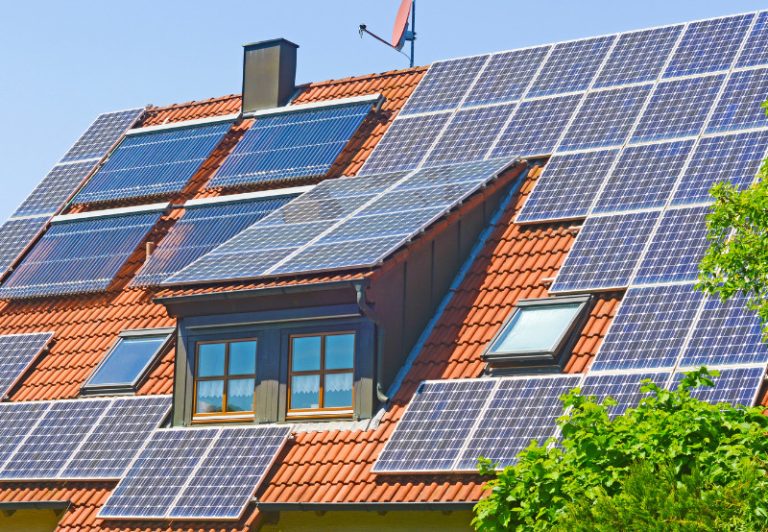Thailand’s tropical climate offers abundant sunshine throughout the year, making it an ideal location for solar energy adoption. With rising electricity costs and growing environmental awareness, many Thai homeowners are considering rooftop solar installations as a practical energy solution. Understanding the basics of solar rooftop systems can help you make informed decisions about this renewable energy technology.
Solar rooftop systems have gained significant popularity across Thailand, from bustling Bangkok apartments to rural homes in Chiang Mai. The government’s supportive policies and net metering programmes have made solar installations increasingly attractive for residential properties. For detailed information about solar solutions and energy efficiency, resources like https://kunini.com/ provide valuable insights for Thai consumers exploring renewable energy options.
These systems work by converting sunlight into electricity through photovoltaic panels mounted on your roof. The electricity generated can power your home during daylight hours, with excess energy stored in batteries or fed back into the grid, depending on your system configuration and local regulations.
How Solar Rooftop Systems Function
Solar panels contain photovoltaic cells that capture sunlight and convert it into direct current (DC) electricity. An inverter then transforms this DC power into alternating current (AC) electricity, which is compatible with your home’s electrical system and appliances.
In Thailand’s climate, solar panels typically perform well despite high temperatures. Modern panels are designed to withstand tropical conditions, including heavy rainfall during monsoon seasons and intense UV radiation.
Types of Solar Systems
Grid-tied systems connect directly to the public electricity network, allowing you to use solar power when available and draw from the grid when needed. These systems often qualify for Thailand’s feed-in tariff programmes, enabling you to sell excess electricity back to utility companies.
Off-grid systems operate independently from the public electricity network, using battery storage to provide power during nighttime and cloudy periods. These systems suit remote areas where grid connection is unavailable or unreliable.
Hybrid systems combine both approaches, providing grid connectivity while maintaining battery backup for emergencies or peak demand periods.
Installation Considerations
Roof condition and orientation play vital roles in system effectiveness. South-facing roofs with minimal shading typically generate optimal energy output in Thailand’s geographical location. Your roof must also be structurally sound enough to support panel weight and mounting systems.
Local regulations and permits vary across Thai provinces, so consulting with certified installers familiar with regional requirements is essential. Many companies offer site assessments to determine your property’s solar potential and recommend appropriate system sizes.
Financial Benefits
Solar installations can significantly reduce monthly electricity bills, with many Thai homeowners reporting 50-80% reductions in grid electricity consumption. Initial investment costs have decreased substantially in recent years, making solar systems more accessible to average households.
Government incentives, including tax deductions and preferential loan rates, further improve the financial case for solar adoption. Most residential systems in Thailand achieve payback periods of 6-8 years, providing decades of free electricity thereafter.
Solar rooftop systems represent a practical step towards energy independence and environmental responsibility for Thai homeowners.

